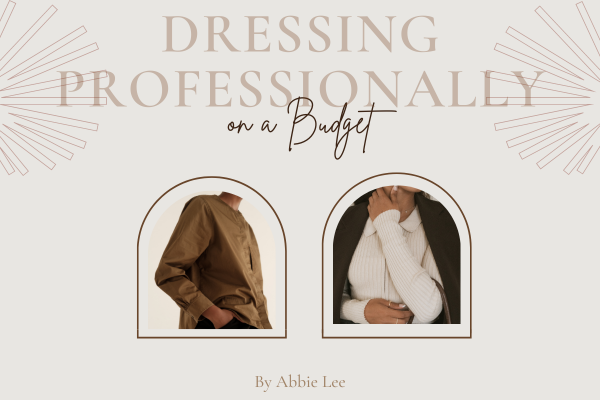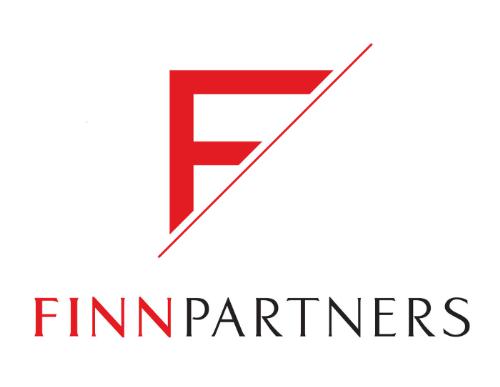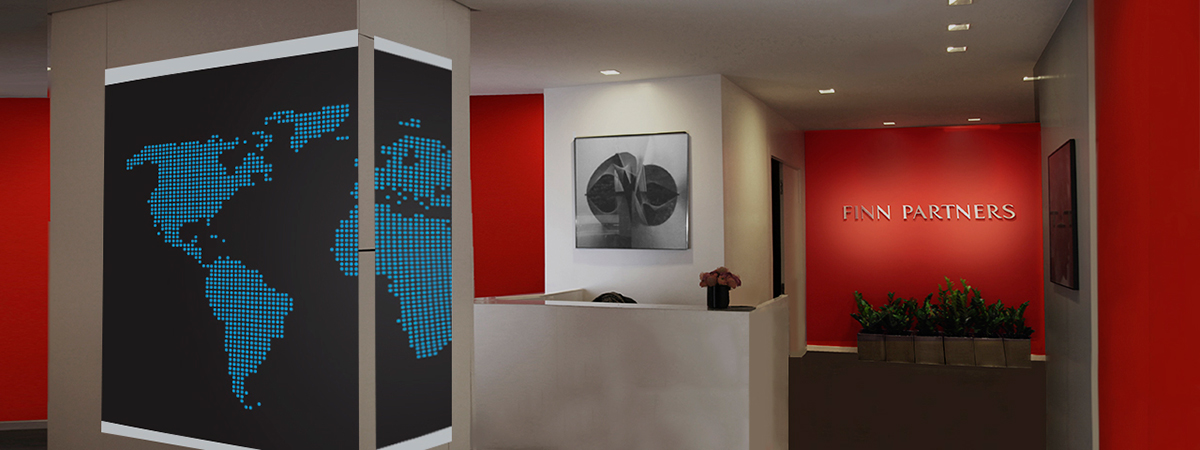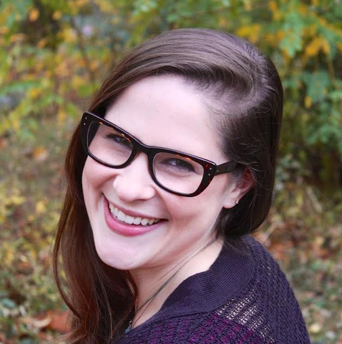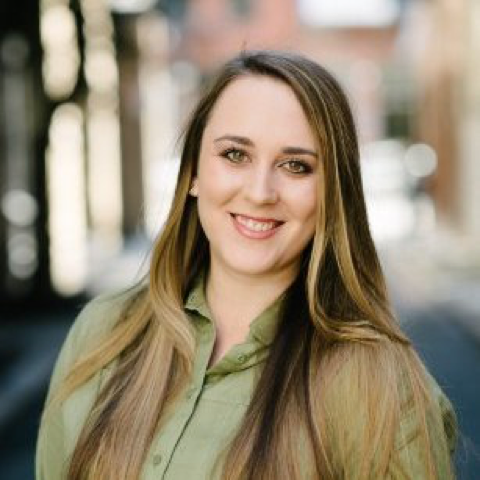By Abbie Lee
I’m sure you’ve all heard the saying, “First impressions last a lifetime.” Though it’s a classic cliche, it’s rather true. Your style represents an aspect of who you are and may be something others notice immediately. Your outfit can play a large role in the impression you make, especially when you’re in a professional setting.
Whether you’re giving a presentation, taking headshots or joining a meeting, it’s essential to ensure that your attire is appropriate. In a social psychology study, they found that participants who were told to wear formal clothing before taking a cognitive test showed “increased abstract thinking.” What you wear actually impacts how you think!
As a college student who never had to worry about business attire until joining TGC, I picked up a few tips that helped me find my own cost-friendly professional style.
- Building a Capsule Wardrobe
Every influencer on the planet will tell you that basics are important– and they’re right. Having staple, timeless and basic pieces can take you far. Being able to rotate items in your closet will allow you to rearrange and create outfits with items you have already worn.
If I’m ever in quick need of a basic top, I head to Target. I’ve bought multiple basic tank tops and shirts that range from $5-$7. If I’m ever in need of some cute, basic and affordable trousers, I head to H&M. The color palette is neutral, the price is reasonable and the pants are timeless.
Many trends nowadays can give off a professional look such as blazers, leather jackets, trousers, long skirts, sweater vests, etc. There are many ways in which you can incorporate professional attire in your everyday wardrobe.
“You can still dress to impress while keeping it profesh!“
When building a capsule wardrobe, keep it simple. Buy items that have a neutral color palette, as rotating and mixing up the pieces will make your mornings easier.
- Shopping Second-Hand
Buying a whole new wardrobe isn’t cheap. As someone who loves to dress to impress, I’m still a college student. Finding professional attire that won’t break the bank can be rather tricky. I’ve had to think of cheaper options when looking for professional clothing. It’s safe to say that thrifting and consignment stores have changed the game. Over half of my professional wardrobe consists of items that were found at a thrift store.
Chico has a range of hidden gems when it comes to thrift stores. Show Love Thrift has different deals every day where you can find clothes at an even cheaper price. Late Bloomer Vintage Boutique is a new thrift store in Chico where you can “Shop all eras of vintage.” The shop is colorful, bright and fun making the shopping experience even better.
Shopping can take a lot of time out of your day and if there’s one thing I’ve learned as I am wrapping up my junior year, it’s that time really is of the essence. On days that I may be too busy, I often lean on online second-hand stores like Depop and Poshmark. These are great options as you can shop for sustainable and cost effective options from the comfort of your home. Not to mention, the range of items is even greater!
Not only does shopping second-hand mean that you are helping the Earth, you’re also helping your wallet. The clothes provided in thrift stores are endless and some items are timeless. You are able to find a range of professional attire, such as blazers, button-ups, blouses, trousers and coats, for a fraction of the original price. I found the cutest blazer from Goodwill once and it was $4. Talk about a steal!
P.S. If you are in need of some accessories, thrift stores always have some hidden gems.
- Getting Creative!
Accessorizing an outfit can add a lot to your look without costing a lot of money.

You’re in the mood to wear a mini skirt to a meeting? No problem– just add tights!
You’re wearing a monochromatic outfit that you feel is kind of boring? Easy fix– throw on some cool jewelry or wear a cute purse!


Your shirt is tucked into your pants but it looks bland? Add a belt and call it a day!
Dressing professionally doesn’t have to be expensive. Finding affordable, realistic options for yourself will help you and your wallet in the long run. When you look good, you feel good. When you feel good, you unconsciously unleash a positive cycle that reflects on how well and how confidently you complete tasks and communicate with others. Gathering these tips have changed how I dress for my internship and how I think about my path to success.


